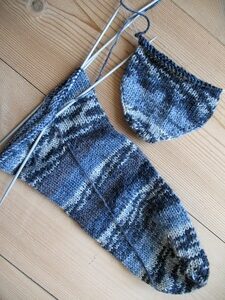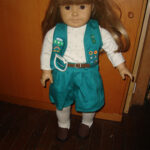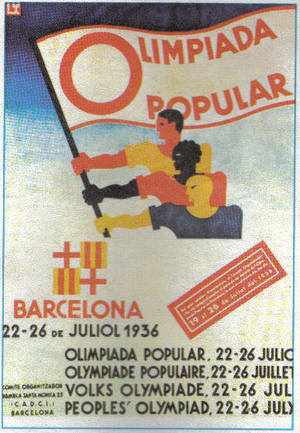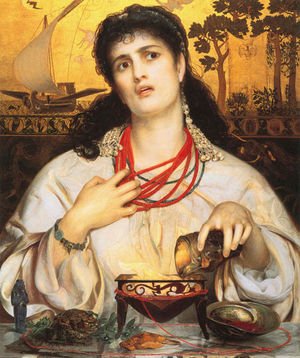With the lack of coverage in school history and art textbooks and with the dominance of textile machine production, the art of hand knitting socks has gained little exposure among today’s younger generation. Thanks to present day textile classes, Girl Scout groups, knitting guilds, museum exhibits, and library books, sock knitting has not become a totally lost art. It is important for younger Americans to learn about the historical significance of sock knitting that flourished during the nation’s wartime. Having experience in hand knitting a variety of intricately-designed ankle and knee-length socks, I am one to tell you that the skillful art of sock knitting by hand is worthy of appreciation.
Sock knitting by hand was commonplace in America during the major wartimes including the Revolutionary War (1778-1783) between the American colonists and Great Britain, the Civil War (1861-1865) between the northern and southern states, World War I (1914-1918) between Europe and the Middle East, and World War II (1939-1945) among Europe, Asia, Africa, etc. A surge in sock knitting occurred in 1917 when a World War I official requested two million hand-knitted sets of scarves, vests, and socks. Mostly female and a few male American citizens hand knitted socks for soldiers and women and children refugees. Wartime sock knitting was organized by American relief knitting drives of diverse organizations ranging from the well-known Red Cross that collected socks for soldiers from volunteer knitters to the private Self Improvement Club that used knitting to reach out to soldiers of color.
The popularity of sock knitting during America’s wartime was due to various factors: 1) in comparison to machine-made socks, hand-knitted socks were more valuable to soldiers as they were bulkier, sturdier, and warmer for record-low temperatures in Europe; 2) during the Revolutionary War, knitting symbolized independence among American women who were cut off from textile resources from Great Britain – the monopolizer of the world’s wool. Former First Lady Martha Washington encouraged knitting by describing American women as “patterns of industry;” and 3) knitting symbolized empowerment to women since it provided them with a crucial role during wartime. Outside of wartime, sock knitting for women became popular as women took up the sport of bicycling. Their cycling apparel included short skirts accessorized by fancy, knitted knee-length socks. Knitted bicycling socks were similar in design to stirrup leggings. Further, a fad emerged in the 1940’s and 1950’s when young women knitted diamond-patterned socks called Argyle socks to attract male companions.
The chief outcome, America’s major era of sock knitting by hand yielded to the present-day machine making of socks due to speed and affordability. Sock knitters of today can take pride in knowing that in comparison to knitting other apparel, sock knitting is the most esteemed in that the shaping process compares to taking a journey where one travels from the cuff, to the leg, to the heel, and to the toe. Concentration and cleverness are two main qualities that sock knitters portray.
Sources
“American Red Cross Museum.”American Red Cross.
Vogue Knitting: The Ultimate Sock Book. (2007). (A.K. Klein, Editor in Chief). New York: Sixth & Spring Books.







